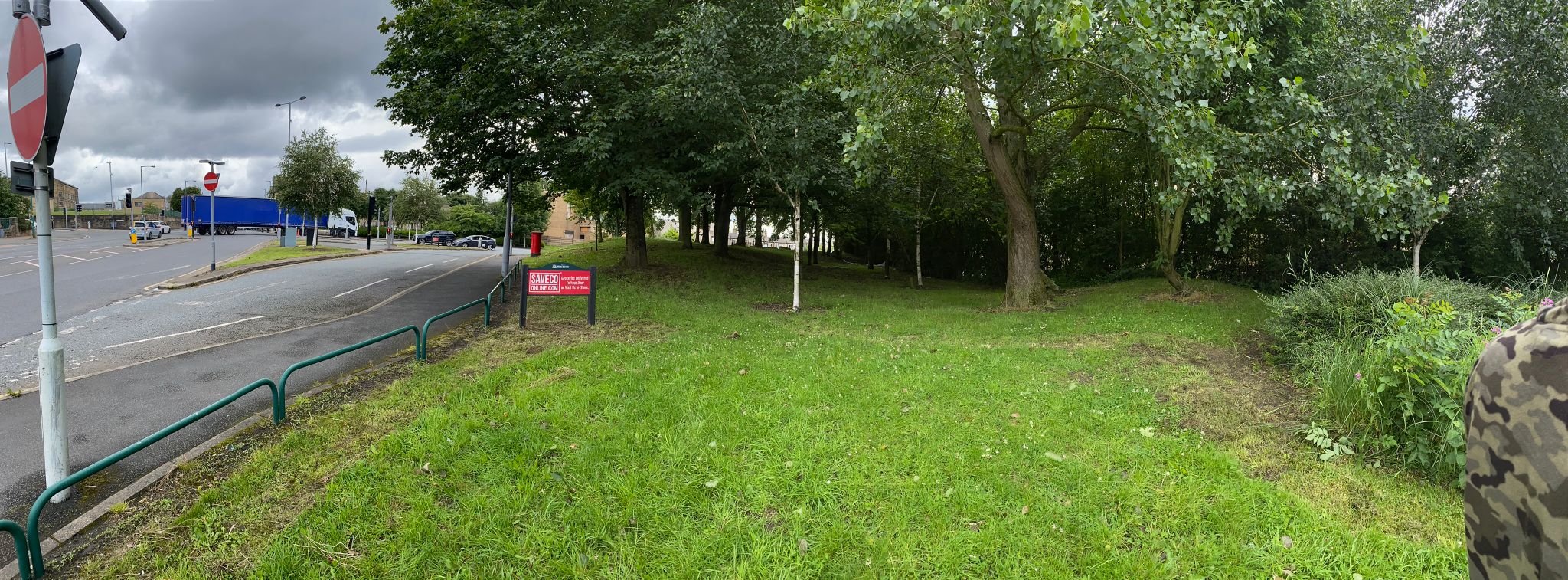↑ the eco-sculpture park
@theleapbd
People and places thrive when placemaking integrates arts, culture, and design activities into efforts that can strengthen social and environmental change in communities. Our Change Space projects puts local people at the heart of leading the creative process as dreamers, architects and designers of places. Our work builds partnerships across sectors, deeply engages the community, and involves artists, designers, statutory services and policy makers, laying the groundwork for wider systems change.
The project aims to take a small patch of land on the Leeds Road/Toller lane junction (a space similar to which can be found all over the city, and every city in England) and turn it into an oasis for the local community whilst increasing hyper-local biodiversity. This project provides a significant opportunity to see how small plots of land when converted into usable green spaces can provide a multitude of benefits to urban environments. It is easily replicable and can be transferred to other areas - making a small difference now could lead to a massive difference in the future of cities across England.
We intend to create an eco-sculpture park co-designed with people in places that are least likely to have access to nature. The key outcomes are:
Creating an area of cleaner air for local communities
Creating new habitat for wildlife
Reclaiming disused land for community use
Combining nature, arts and regeneration for nature recovery
Environmental education



what is the eco-sculpture park?
This multi-partnership collaborative project brings an area of disused land at the Gateway to Bradford on Leeds Road into use for local communities and provides new habitats for wildlife. It will showcase a replicable community-led and co-designed approach to combining nature, culture, art and regeneration for the benefit of nature and people. The process will test and learn what works for enabling communities to lead on the design, development and ownership of new habitats and investing in collaborative action for nature.
On completion we hope that the space will be used regularly for leisure and as a green, clean air alternative route avoiding high volumes of traffic – a space like this could also help improve the mental health and well-being for users and visitors. We will increase biodiversity through new forms of bird and plant life becoming resident on the land. Through the community consultation process and post creation activities we hope to see an increase in awareness and of biodiversity and the high visibility of art sculptures will encourage and increase conversation around nature and a healthier future for all.




